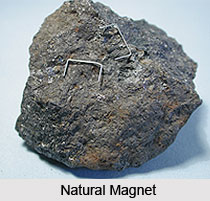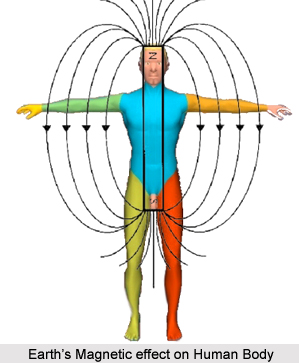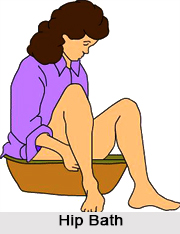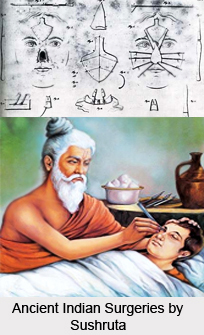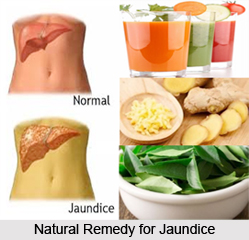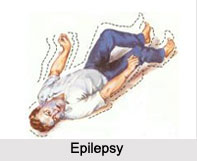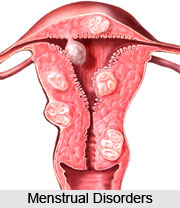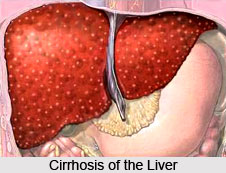 Cirrhosis of the liver is one of the most serious hepatic diseases, since the liver gradually contracts in size and becomes hard and leathery. In cirrhosis of the liver, although regenerative activity continues, the progressive loss of liver cells exceeds cell replacement. There is also a progressive distortion of the vascular system, which interferes with the portal blood flow through the liver. The progressive degeneration of liver structure and function may ultimately lead to hepatic failure and death.
Cirrhosis of the liver is one of the most serious hepatic diseases, since the liver gradually contracts in size and becomes hard and leathery. In cirrhosis of the liver, although regenerative activity continues, the progressive loss of liver cells exceeds cell replacement. There is also a progressive distortion of the vascular system, which interferes with the portal blood flow through the liver. The progressive degeneration of liver structure and function may ultimately lead to hepatic failure and death.
Symptoms of Cirrhosis of the Liver:
In the early stages of the disease, only frequent attacks of gas and indigestion, with occasional nausea and vomiting might be present, along with some abdominal pain and loss of weight. In the advanced stage, however, the patient develops a low-grade fever, he has a foul breath, jaundiced skin and distended veins in the abdomen. Reddish hair like markings, resembling small spiders, may also appear on the face, neck, arms and trunk. The abdomen becomes bloated and swollen and there may be considerable bleeding from the stomach.
Causes of Cirrhosis of the Liver:
Excessive use of alcohol over a long period is the most potent cause of cirrhosis of the liver.Poor nutrition can be another causative factor in the development of cirrhosis and a chronic alcoholic usually suffers from severe malnutrition as he seldom eats. Other causes of cirrhosis are excessive intake of highly seasoned food, habitual taking of quinine for a prolonged period in tropical climate, and drug treatments for syphilis, fever and other diseases. It may also result from a highly toxic condition of the system in general. In fact, anything, which continually overburdens the liver cells and leads to their final breakdown, can be a contributing cause of cirrhosis.
Treatment of Cirrhosis of the Liver by Nature Cure:
•The patient should be kept in bed and be completely away from alcohol in any form.
•He should also undergo an initial liver cleaning programme with a juice fast for seven days. Freshly extracted juices from red beets, lemon, papaya and grapes may be taken during this period.
•Along with the juices, a fruit and milk diet for two to three weeks should be undertaken, where he should have three meals a day each of fresh juicy fruits and milk; the best complete proteins for liver patients are obtained from raw goat`s milk. The fruits may include apples, pears, grapes, oranges, pineapples and peaches. On his first day, his consumption must be 1litre of fresh and unboiled warm milk; later on increased by 250 ml. daily upto two to two and a half liters a day.
•After the fruit and milk diet, the patient may gradually embark upon a well-balanced diet of three basic food groups namely (i) seeds, nuts and grains (ii) vegetables and (iii) fruits, and moreover have raw organically grown foods. However, it should be taken care that all the fats and oils should be excluded from the diet for several weeks.
•The other diet would also include home made raw cottage cheese, sprouted seeds and grains and raw nuts, especially almonds. Vegetables such as beets, squashes, bitter gourd, eggplant, tomato, carrot, radishes and papaya are also useful in this condition.
•If the patient`s constipation is habitual, then warm water enema should be used during the treatment to cleanse the bowels.
•Later, the application of alternate compress to liver area followed by general wet sheet rub and a few breathing and other exercises in the morning should form a regular daily feature of the treatment, since it will also be beneficial.





